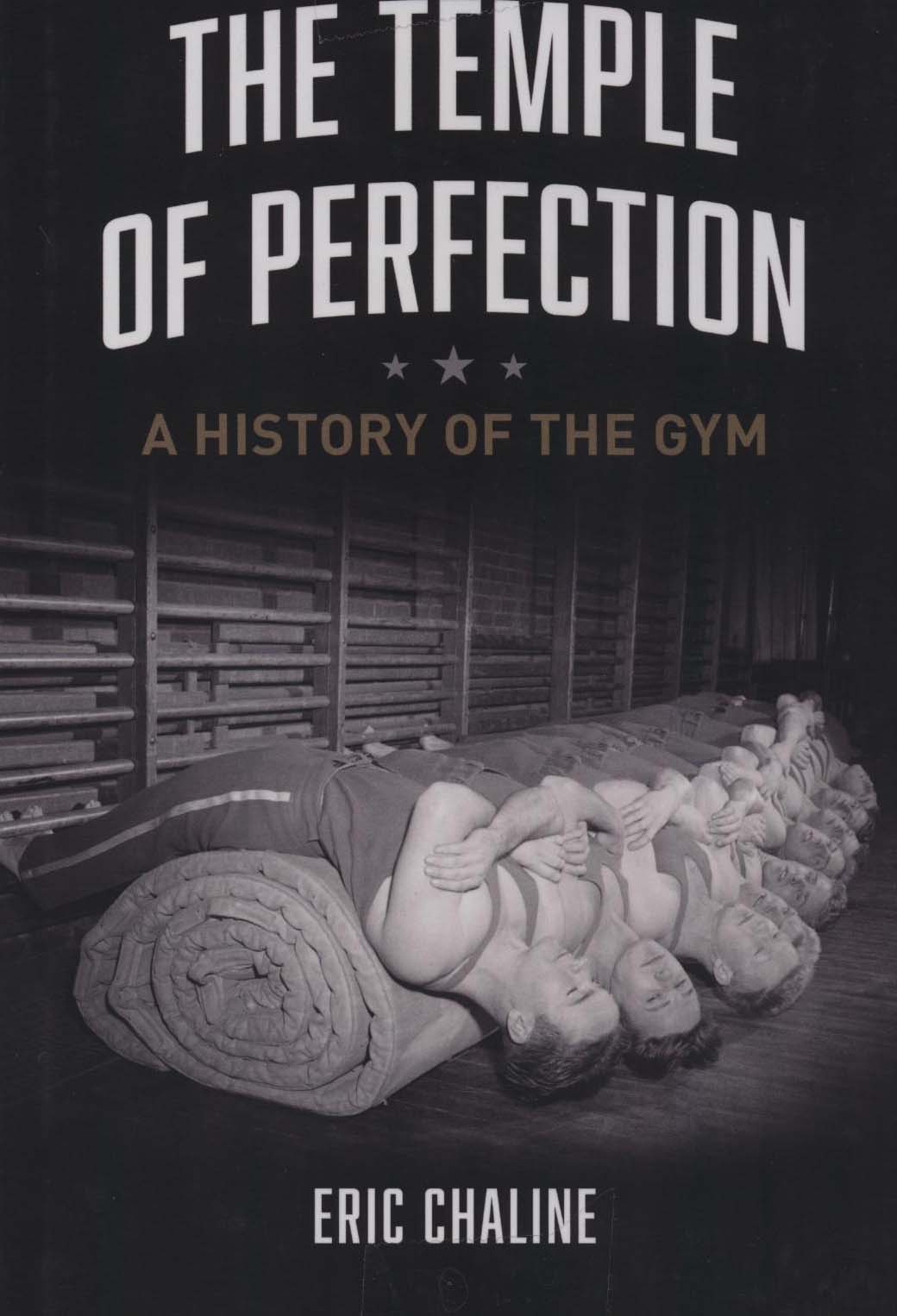On January 15th, in 1929, civil rights leader Martin Luther King, Jr. was born in Atlanta, GA. Martin Luther King, Jr. Day was designated a federal holiday in 1983. Many people and organizations use it as a day of service.
Andersen Library will be closed Sat. Jan. 16-Mon. Jan. 18 (Winterim ends this week, and Monday the 18th is Martin Luther King, Jr. Day. Spring Semester hours will start on Tues., Jan. 19th, at 7:30 a.m.
Please plan ahead! Remember that even when the physical Library is closed, you can:
- Search the article databases (login when prompted with your campus Net-ID, same as for your campus email or D2L),
- Search for Andersen Library’s holdings of Books, Media and more (UW Whitewater) and use links to online titles, including ereserves for classes,
- Renew checked-out books, DVDs, etc. through your Account,
- Consult online guides for help, including citation guides for APA, MLA, and Turabian format, and course assignment guides, and
- Ask a librarian for help using email or chat (UWW librarians respond to the emails when the Library is open, but chat is covered 24/7 by non-UWW staff).
You can learn more about this holiday online from the Martin Luther King Jr. Center for Nonviolent Social Change (aka “The King Center”) or the “Martin Luther King, Jr.” web page maintained by the National Park Service. In addition, UWW’s 30th annual Martin Luther King, Jr. Commemorative Event will take place on Wed., Jan. 27, at 3:30 p.m. in the UC Hamilton Room: Dr. Tiffany Prather, a UWW alumna who is a clinical psychologist for the U.S. Dept. of State, will talk about “A Reflection of Martin Luther King, Jr.’s Vision.”
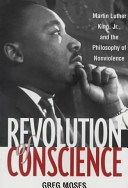
Andersen Library has many resources for learning more about Dr. King, including videos such as Selma, audiobooks such as MLK: The Martin Luther King, Jr. tapes, featuring speeches given by Martin Luther King, Jr., books such as April 4, 1968 Martin Luther King, Jr.’s death and how it changed America (online via ebrary) and Revolution of conscience: Martin Luther King, Jr., and the philosophy of nonviolence, articles such as “From the mountaintop: The changing political vision of Martin Luther King, Jr.” (The History Teacher, 1993, vol.27:no.1, pp.7-18), and many more resources.
Ask a librarian (visit the Reference Desk, call 262.472.1032, or choose to email or chat) for assistance with finding additional materials.
Andersen Library is a federal and Wisconsin depository library with federal and state government documents on a variety of current and relevant issues available to you in various formats (print, DVD/CD-ROM, online). Check out your government at Andersen Library!

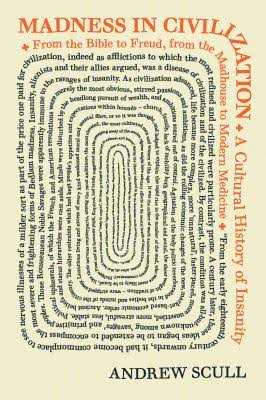
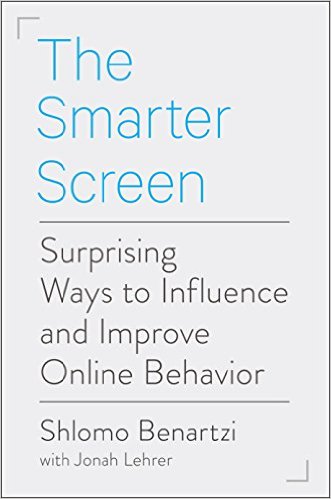

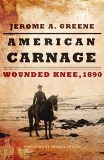 You can learn much more, and Andersen Library can help. Read books such as
You can learn much more, and Andersen Library can help. Read books such as 
